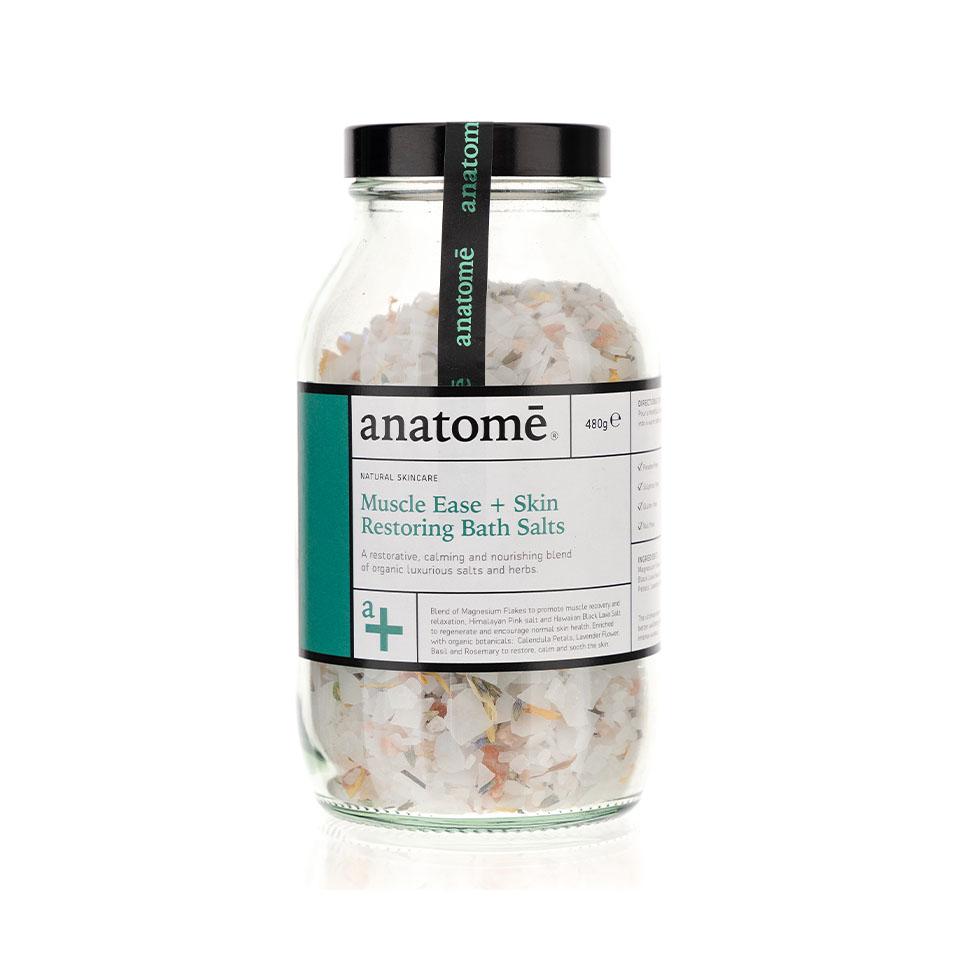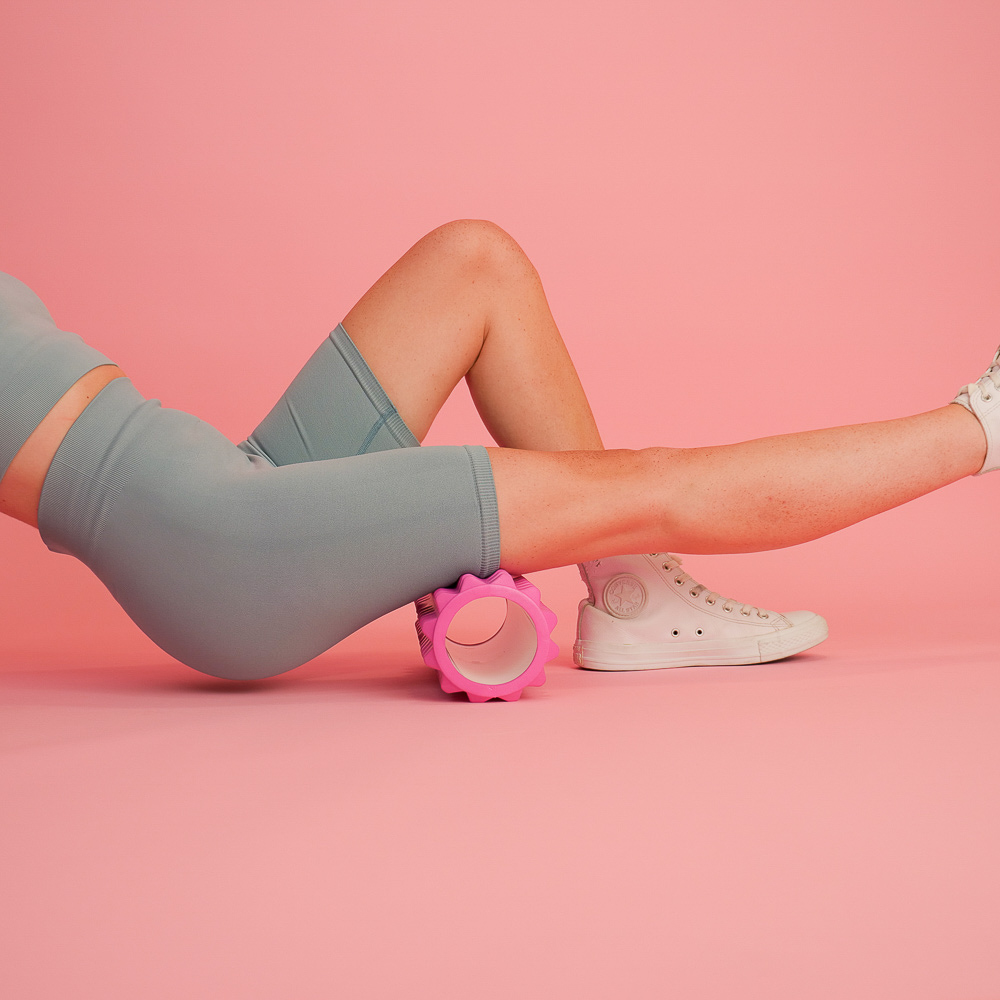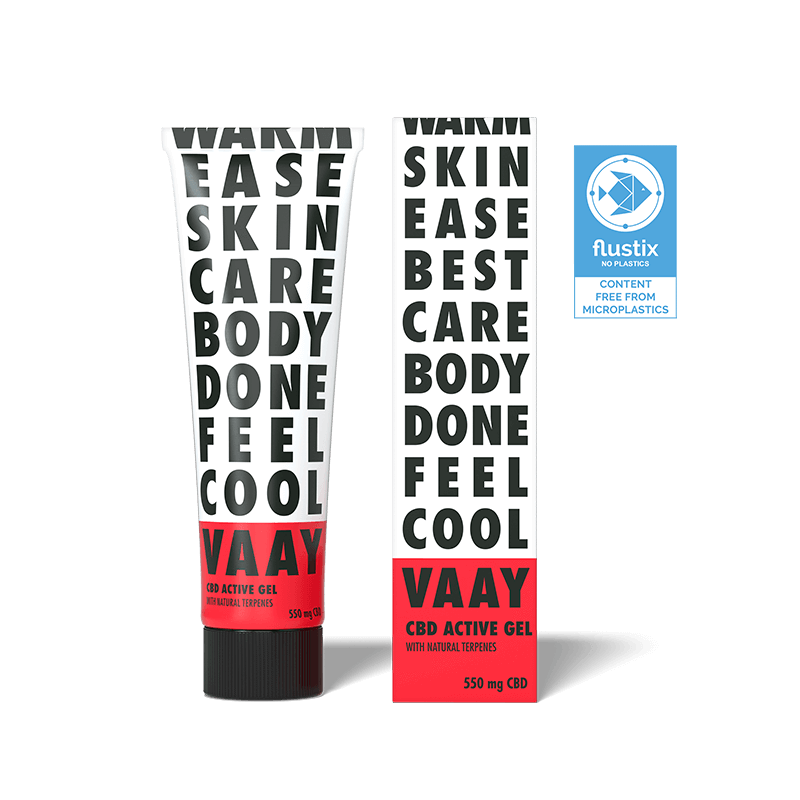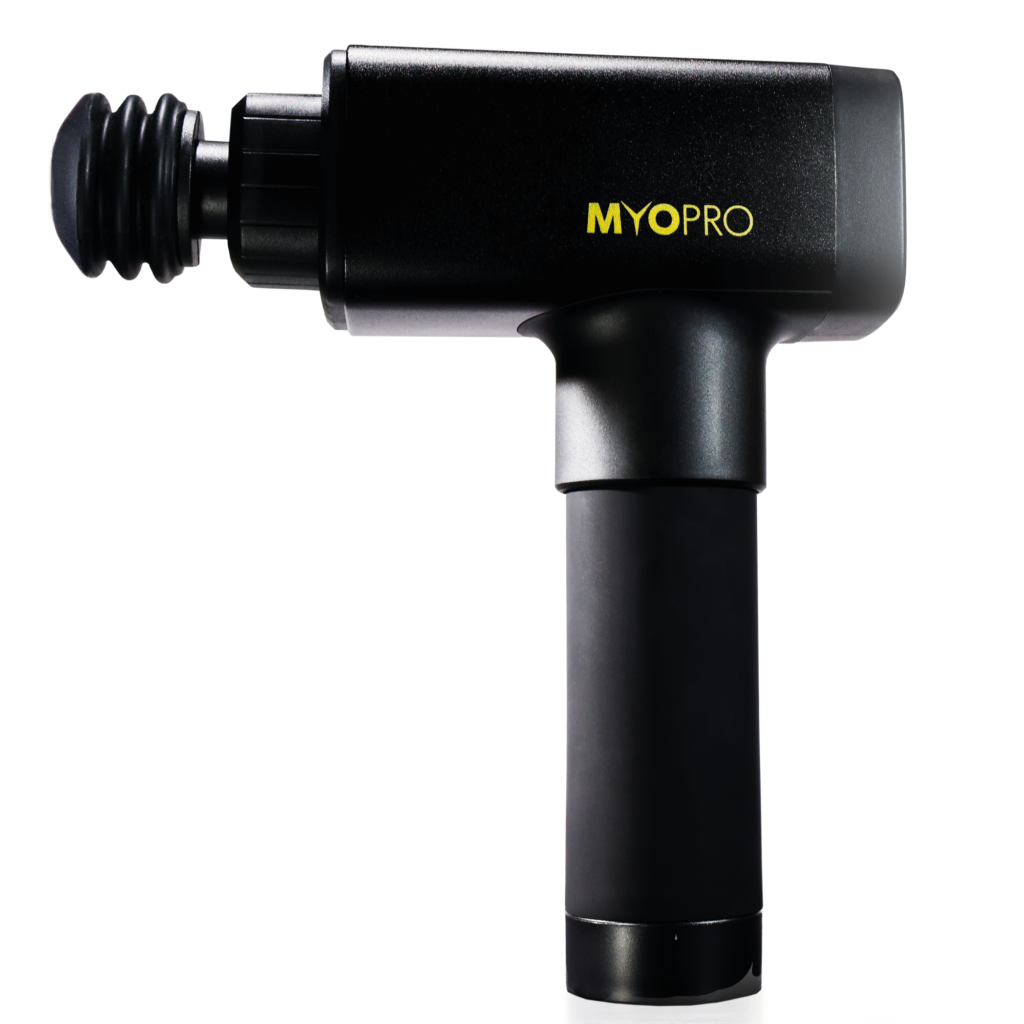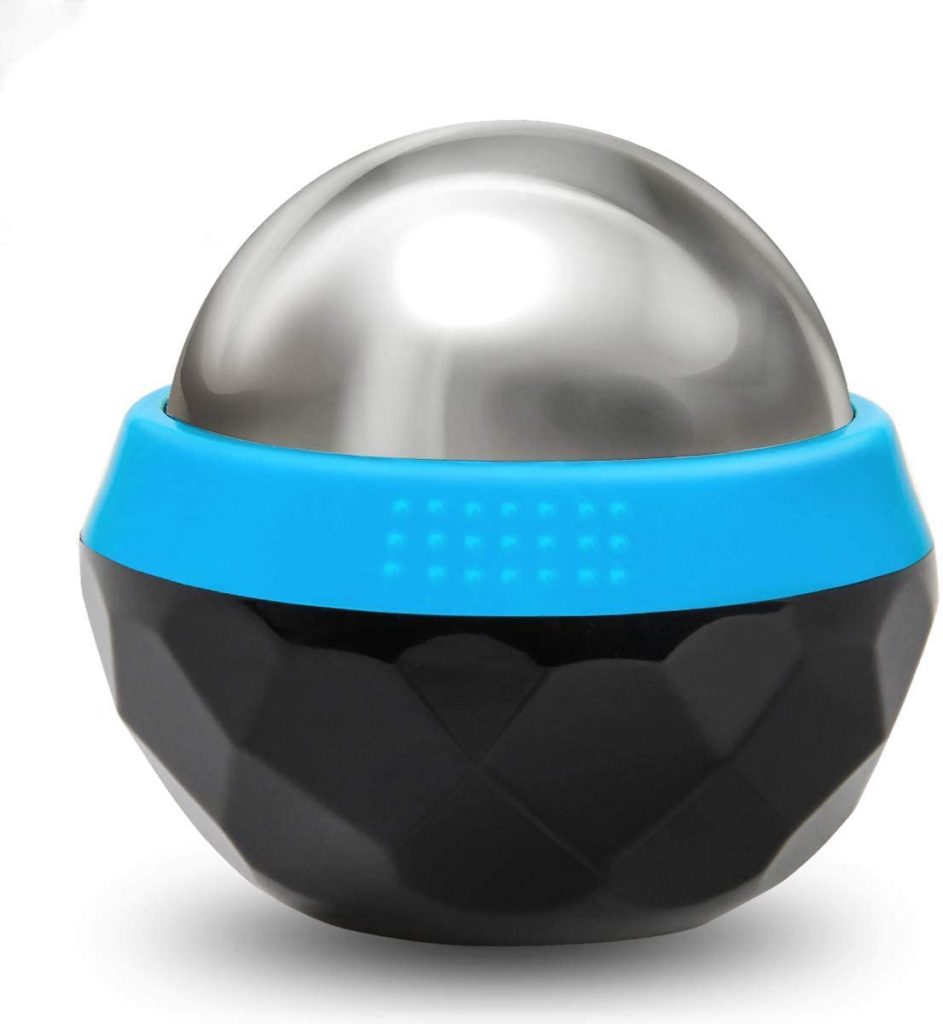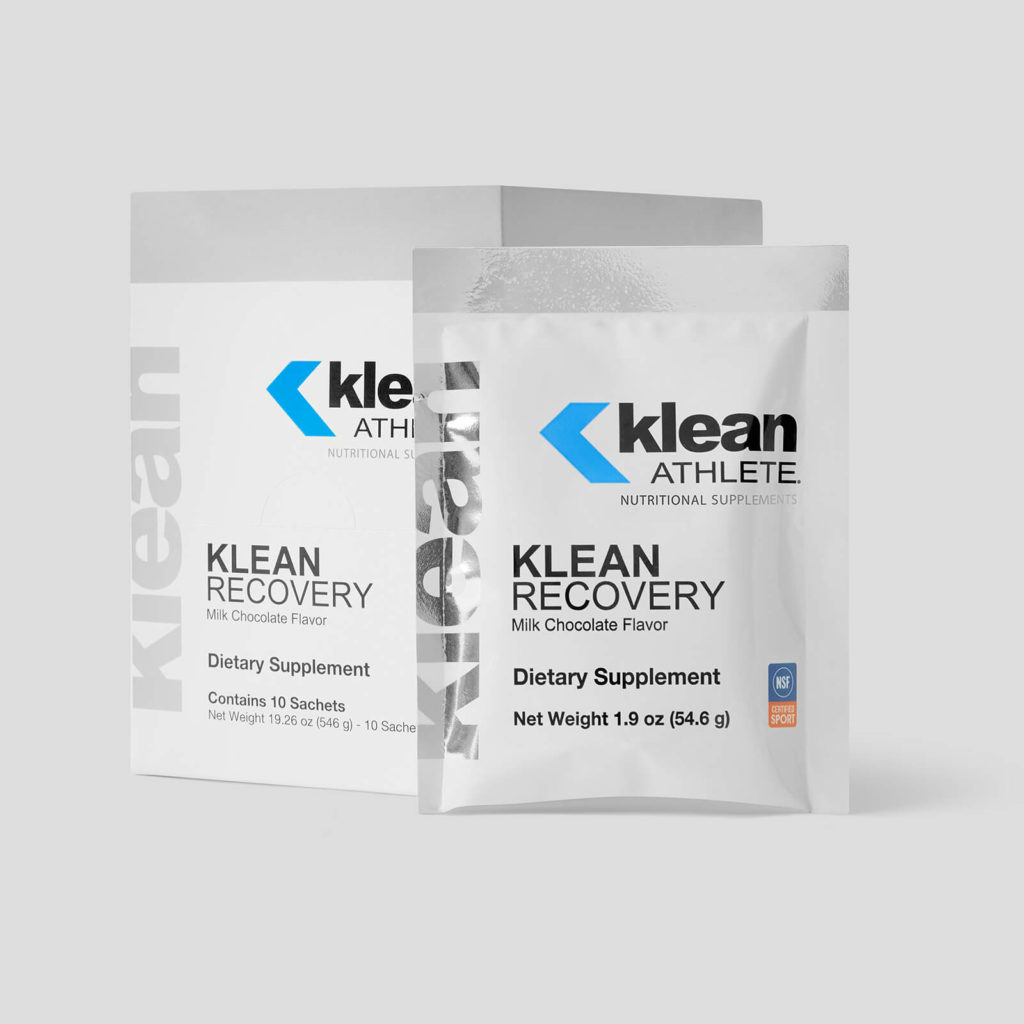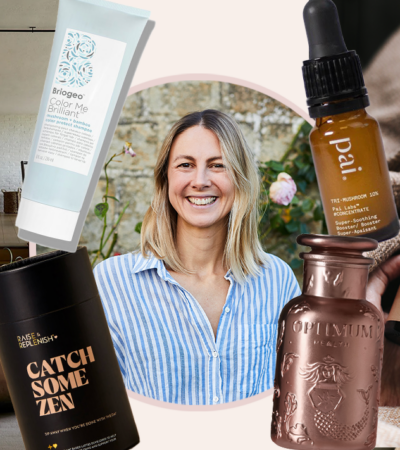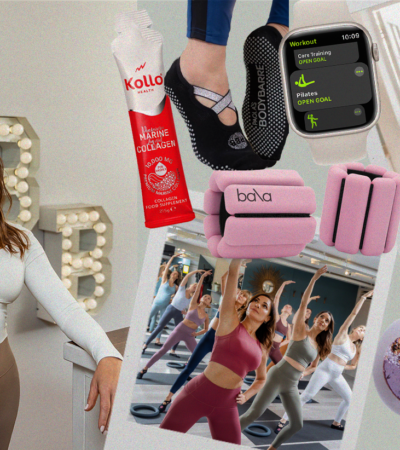We’re all guilty of skipping our cool down, not refuelling with the right nutrients and depriving our body of the care it deserves after a workout session, usually because we’re short on time. Simply put, recovery is a return to a normal state of health, mind or strength, so how do we do this? We’ve chatted with the experts to get the lowdown on how we can aid recovery, helping us recuperate more efficiently and perform better for future workouts.
Nutritionist, Elly Ling on how to refuel post-workout…
When it comes to nutrition tips for post-workout recovery, there are three things to consider; fast-digesting carbohydrates, protein and hydration. Replenishing glycogen stores in muscles is critical for recovery. Have medium to high glycemic foods such as potato/sweet potato, bread, pasta, cereals and fruit. Additionally, having some protein-rich foods alongside carbohydrates will support protein synthesis, essential for preventing the breakdown of muscle and aid repair and recovery. Protein powders can be a convenient choice and many options come with high carbs too. Finally, rehydrate with water to replenish lost fluids during exercise and avoid dehydration. For optimal timings, replenish as soon as possible, ideally within 30 minutes to 2 hours.
Cooldown tips from Personal Trainer, Abigail Attenborough
More often than not, we reach the end of a workout and we bypass a cooldown, relatable? Below are why cool-downs should be prioritised not passed…
- If you come to an abrupt stop after vigorous exercise, you are more likely to feel light-headed and dizzy. This is because cool-downs gradually lower your heart rate rather than let it drop suddenly.
- A good cool-down also reduces the likelihood of Delayed Muscle Soreness (DOMS) – the stiffness and dull aching felt one to two days after exercise, by removing lactic acid and other by-products of exercise.
- Cooling down after your workout allows for a gradual recovery of pre-exercise heart rate and blood pressure. As you get older and less flexible, the cool down becomes even more important.
It’s not just physical:
- One of the most important benefits of exercise is improved confidence. Your cool down is a great opportunity for you to reflect on your accomplishment and give yourself credit for the hard work you did during the workout. This can promote a sense of relaxation and well-being and boost your motivation.
How to cool down:
- A good cool-down typically consists of static stretching of the main muscles used in your workout. Static stretching consists of stretching a muscle (or group of muscles) to its farthest point and then maintaining or holding that position. This helps realign muscle fibres and thereby speed recovery after exercise.
- If your workout included more strength training, your cool down might include total body stretches to increase the range of motion in the joints you just worked e.g. if you did quad and glute strengthening exercises, your cool down might include quad and glute stretches, such as the Supine figure 4 Stretch for the glutes and a simple standing quad stretch.
To prepare your body even more for a workout, foam rolling can be a useful equipment tool, helping to prevent injury, and level out muscular use imbalances…
Why?
Rolling over problem areas can help release built-up tension and tight areas in your fascia.
Think of fascia as your body’s internal packaging—it helps muscle groups cooperate as integrated units. When it’s healthy, fascia is flexible and supple. But your fascia can get “gummed up” and stiff – from inactivity, over-activity or even sitting at your desk all day!
How?
Roll your calves, the outside of your IT band, your piriformis, you adductors, and your mid and upper back. Roll until you find the most tender point in each area, then keep the roller on that spot for 30-60 seconds. Concentrating on sensitive spots will help relax your muscles, followed by dynamic stretching exercises. What you want to avoid is rolling back and forth constantly, as many people do.
We have technology to thank for the advancement in recovery tools and supplements, making it easier and more effective to aid recovery than ever before. Hot and cold therapies such as infrared saunas and ice baths (if you’re not familiar with the Wim Hof Method, where have you been?) are also great recovery techniques to consider if available!
Below are some products that will support recovery and enhance performance…
words by Isabelle Shury



